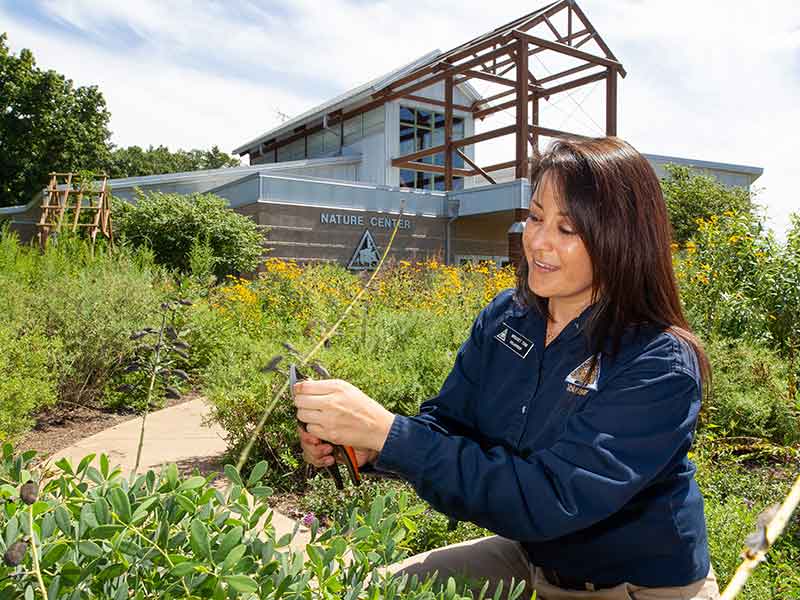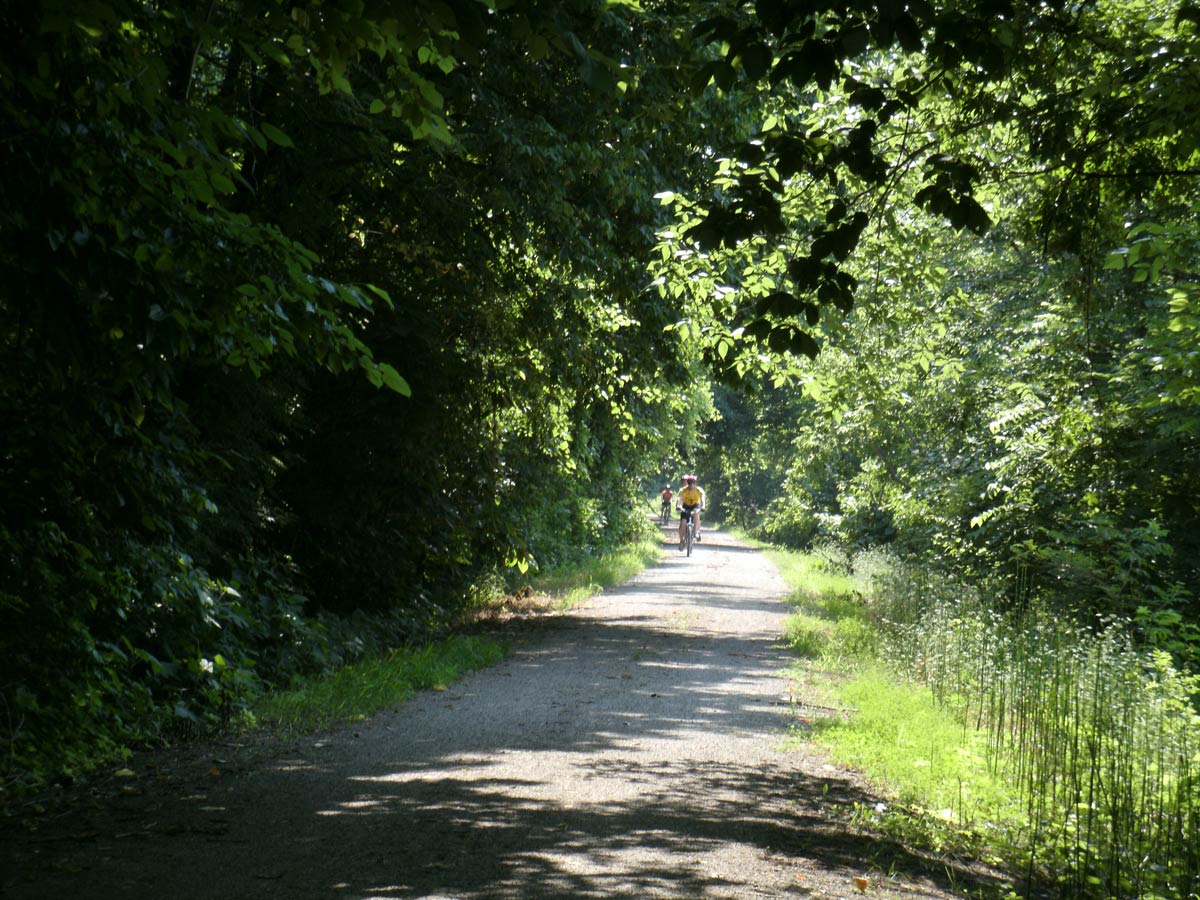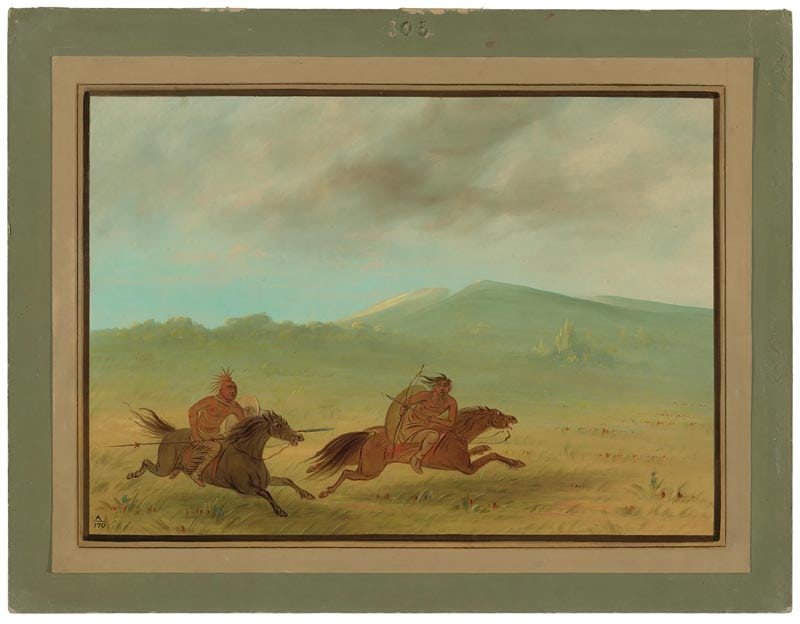This article is presented in partnership with Missouri Botanical Garden.
Wildfires in the western region of the United States wreak havoc each year and cause extensive loss of property and life, but in Missouri, fire can be an effective tool used to perform critical habitat restoration and preservation. This tool is one part of a complex plan Shaw Nature Reserve employs in its conservation efforts.
Approximately half of the Nature Reserve’s 2,400 acres is currently set aside as the “Native Habitats Area” and is managed to favor native biodiversity. Guests who visit can view a variety of habitats, including glades, prairies, wetlands, and woodlands. To keep these habitats healthy, the Nature Reserve added prescribed fire to its toolbox.
Wildfires in other parts of the country create a sense of unease in many when they think about uncontrolled fire, says Mike Saxton, Ecological Restoration Supervisor at Shaw Nature Reserve, but in Missouri, fire is a necessary thing.
Prescribed burning is an attempt to replicate the natural phenomenon of landscape-scale fire. In Missouri, the history of fire has been reconstructed from a variety of sources—from diaries of native peoples and early settlers to charcoal and other remnants of past fires found in the fossil record.
“Fire is an effective and efficient way to manage the land,” Saxton says. “There is inherent risk, but you manage that risk with the proper training and equipment.”
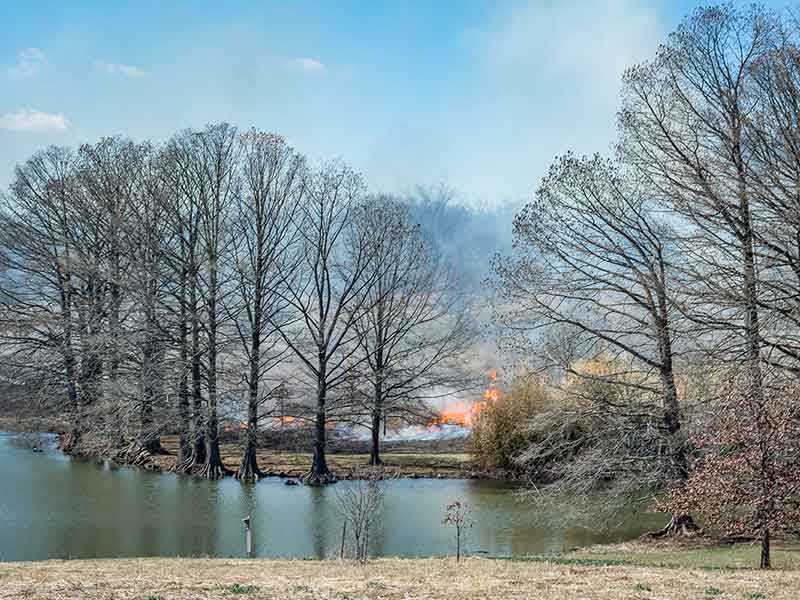
Most species in Missouri welcome the effects of fire, but some species of insects and amphibians are more sensitive to fire. At Shaw Nature Reserve, the current approach is twofold: a) never burn more than half of all the area in fire management during a burn year and b) let areas within burn units that do not burn in the first pass of the fire remain unburned to provide natural refuges within the burn unit for the sensitive animal species. Prescribed burns are closely supervised by trained Nature Reserve staff, and are guided by burn plans focused on the safety of staff and visitors and to enhance of native biodiversity. They use specific equipment and natural and manmade firebreaks to control the fire. Wind speed and direction and relative humidity also factor in to how these burns are executed, along with weather conditions and fuel (grasses, brush, and small trees) conditions.
At the Nature Reserve, prescribed burning is used to manage all habitat types including prairies, glades, and woodlands. In their natural state, these habitats would have experienced fires and plants that are native to the area rebound from these fires and thrive in the aftermath. Some invasive plants, however, are not adapted to these conditions, so prescribed burns can be an effective way to simultaneously encourage native plant growth and discourage invasive species from overtaking the landscape.
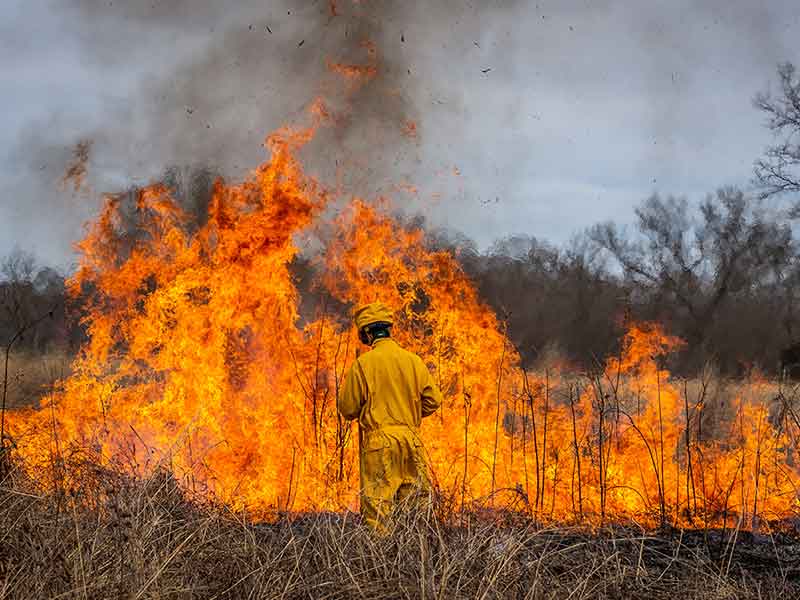
When the untrained eye sees destruction by the fire, Saxton says, what is important to remember is the fire creates an opportunity for growth, creating and enhancing habitat and putting the system back into a natural balance. New green plants will come up soon after the burn, and because the ground is black, it will heat up faster, stimulating germination of seeds and triggering the growth of existing plants. Fire even provides a fertilizing event, in the form of potash and other micronutrients, which stimulates many native plants to bloom the following growing season.
Due to this practice and other conservation measures, visitors have the opportunity to experience and observe natural, native Missouri habitats similar to those that existed before European colonization began to alter them.
For more information about Shaw Nature Reserve’s conservation efforts or to plan a visit, visit ShawNature.org.
Related Posts
Volunteering in Nature
The Missouri Department of Conservation conserves and protects the outdoors and offers various volunteer opportunities around the state.
Nature-bathing in Columbia
You can get away without going far when you explore the trails of Columbia.
10 Books on Missouri’s Native American History
Looking for more reading on the Osage and Missouria tribes? Parts 2 and 3 of our special series are forthcoming in September and October, but in the mean time we highly recommend this selection of books that cover the subject.

